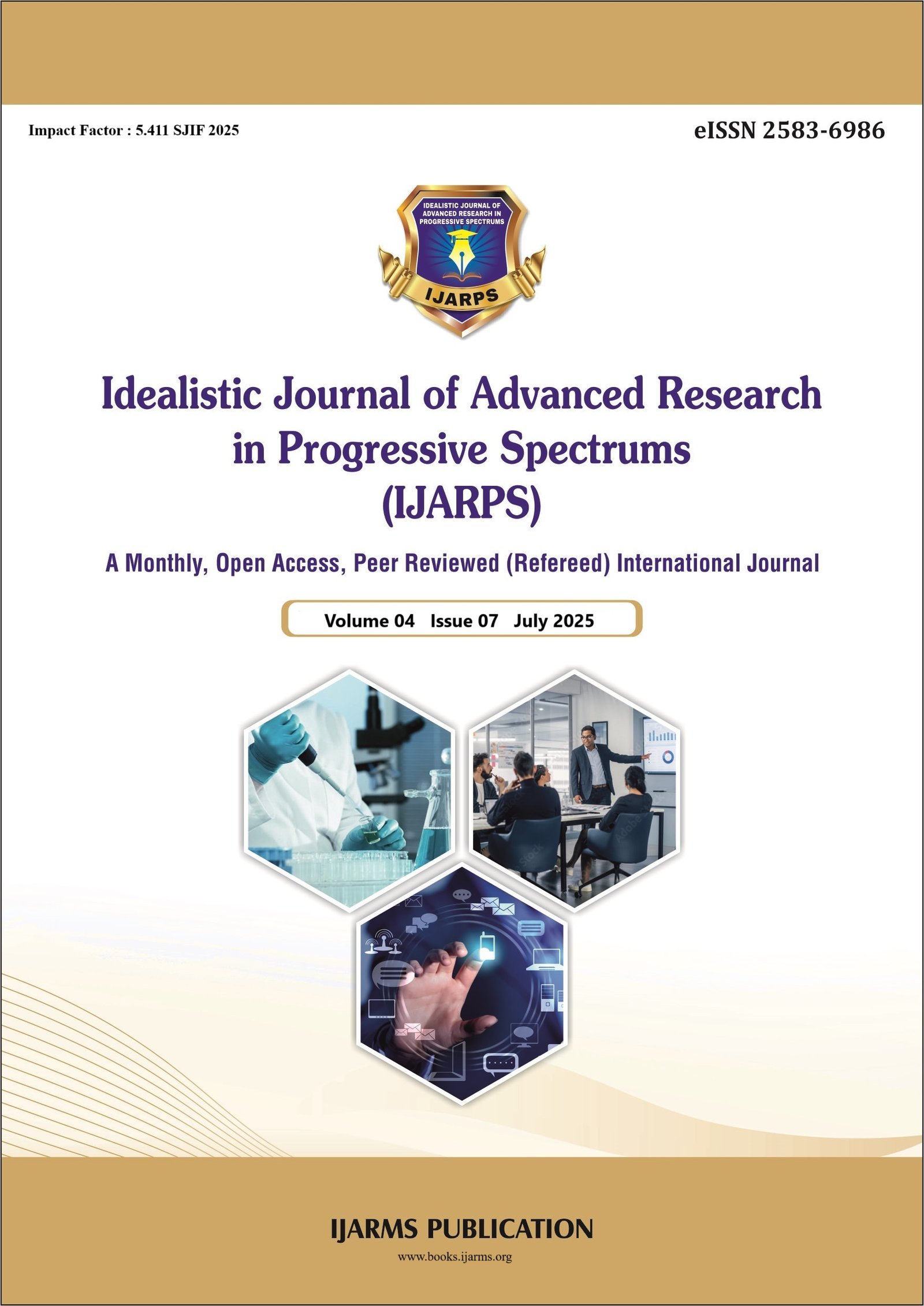Challenges and Opportunities in Training Teachers for AI-Integrated Classrooms: A Review of Contemporary Research
Abstract
The use of artificial intelligence (AI) in classrooms brings both challenges and opportunities for teacher training. Recent studies have shown that teachers require thorough training to work in AI-based learning environments. While AI has many benefits in education, its use is often blocked by systemic issues, especially in Career and Technical Education. Challenges include teachers' initial fears, clear explanations of AI concepts, and dealing with hardware problems. There are also concerns about data privacy, ethics, and increasing inequalities. However, AI also offers several opportunities. This can improve teaching and learning while maintaining high academic standards. AI can help with personalized learning, support research, and act as tutors. Smart classrooms with AI can make classes more efficient and creative, thus supporting both in-class and remote learning. Good teacher training in AI classrooms requires careful approach. It should help teachers understand AI's strengths and limits, address ethical issues, and encourage innovation. Future research should examine the long-term effects of AI in education, and create specific strategies for different educational settings. By tackling these challenges and using these opportunities, teachers can use AI to improve student learning.
Keywords- AI in education, Teacher training, AI integration challenges, Pedagogical Opportunities, Ethical considerations, Personalized learning, Educational technology etc
Additional Files
Published
How to Cite
Issue
Section
License
Copyright (c) 2025 www.ijarps.org

This work is licensed under a Creative Commons Attribution-NonCommercial 4.0 International License.

